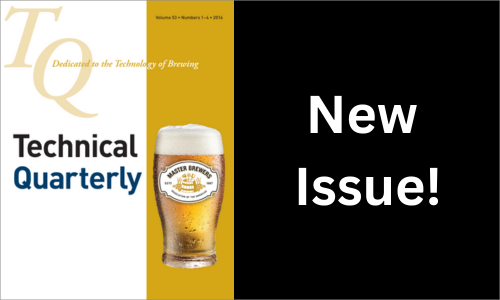About Master Brewers
Master Brewers Association of the Americas was formed in 1887 with the purpose of promoting, advancing, and improving the professional interest of brew and malt house production and technical personnel. Today, Master Brewers is a dynamic, global community working to advance the brewing fermentation, and allied industries.
Become a Member
"Priceless. As a member since 1999, I would not be where I am without Master Brewers! The knowledge, networking, camaraderie, and friendships gained over the last 20+ years has been huge!"
-Dana Johnson, Technical Director, Craft Brewing, Diversey
- A Solenis Co.




